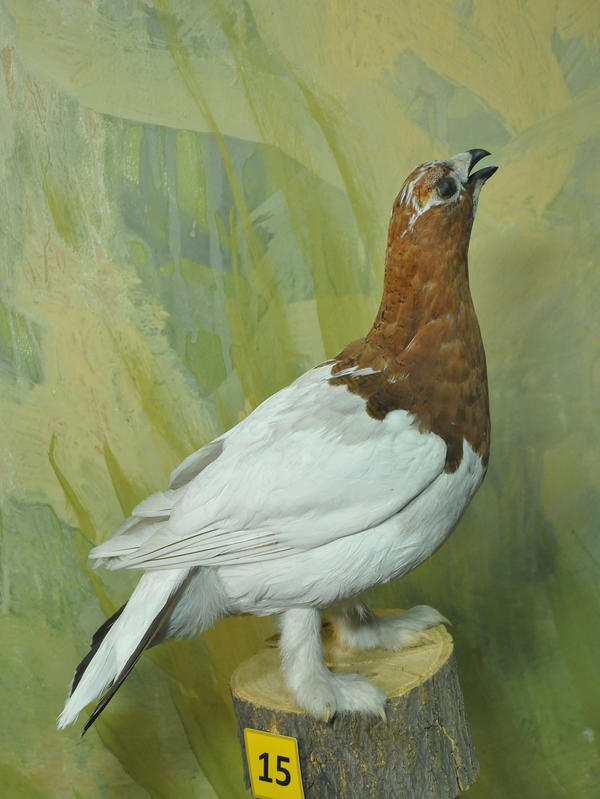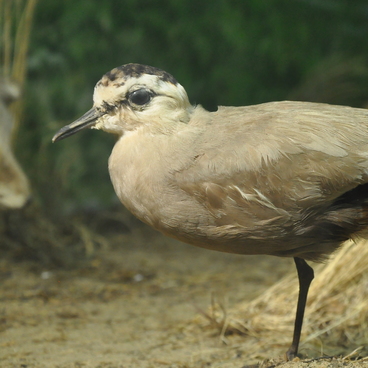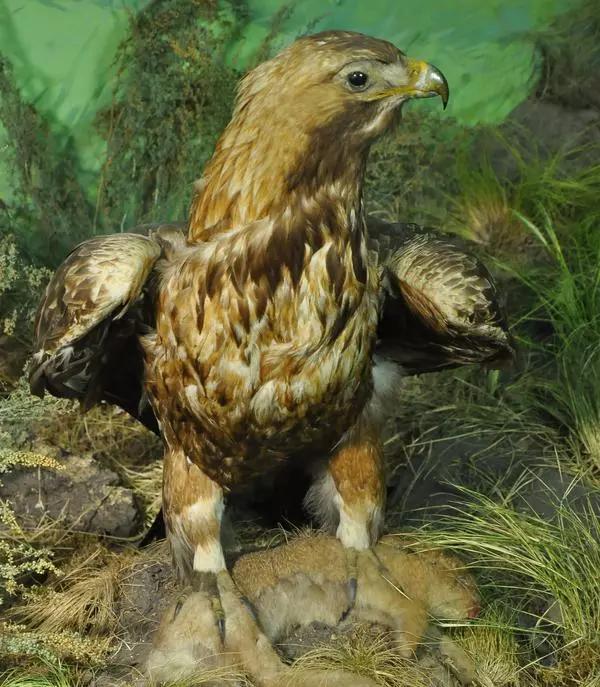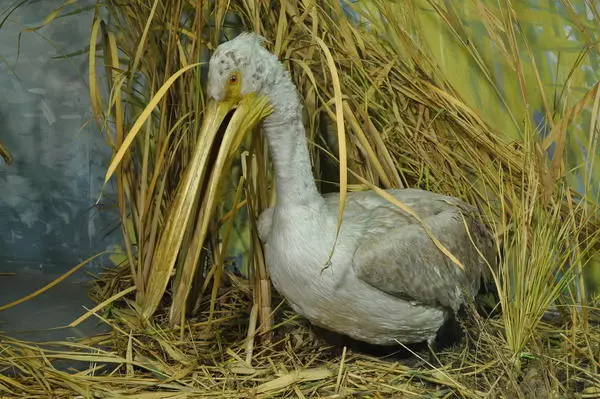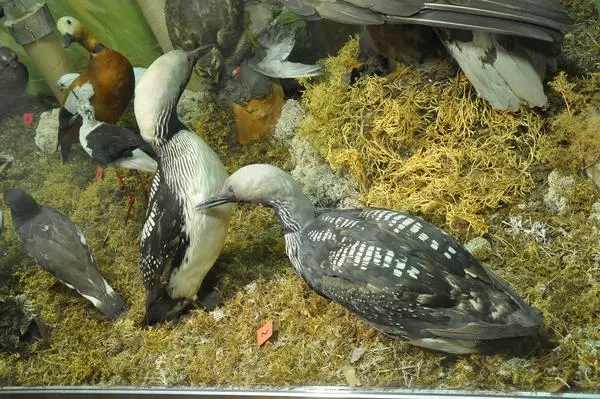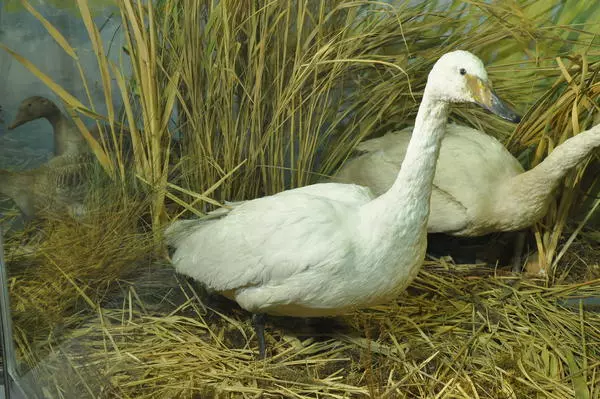The white grouse belongs to the Grouse family, class of Galliformes. These birds can be encountered not only in Russia, but also in North America, in the north of Eurasia and even on the island of Greenland. The white grouse is sedentary; it leads a land-based lifestyle and flies quite rarely. Thanks to the camouflage color, these birds can skillfully hide at any time of the year. White grouses feed almost exclusively on plants.
The pronounced seasonal dimorphism of this species distinguishes it from the other Galliformes: these birds’ feather color changes in different times of the year. The plumage of both males and females is white, with the exception of the black tail feathers, which are visible only in flight. The birds are completely invisible in the snow, but for their gleaming black eyes. In the cold season, white grouses stick together in packs consisting of several broods. The normal body temperature of the white grouse is 45 degrees; the temperature is maintained even when frost reaches forty degrees below zero.
In early spring, during the mating period, males’ head and neck acquire brick-brown color, sharply contrasting with the white body. By summer, this color changes to motley red. Females acquire summer outfit much earlier than the males.
The pronounced seasonal dimorphism of this species distinguishes it from the other Galliformes: these birds’ feather color changes in different times of the year. The plumage of both males and females is white, with the exception of the black tail feathers, which are visible only in flight. The birds are completely invisible in the snow, but for their gleaming black eyes. In the cold season, white grouses stick together in packs consisting of several broods. The normal body temperature of the white grouse is 45 degrees; the temperature is maintained even when frost reaches forty degrees below zero.
In early spring, during the mating period, males’ head and neck acquire brick-brown color, sharply contrasting with the white body. By summer, this color changes to motley red. Females acquire summer outfit much earlier than the males.
